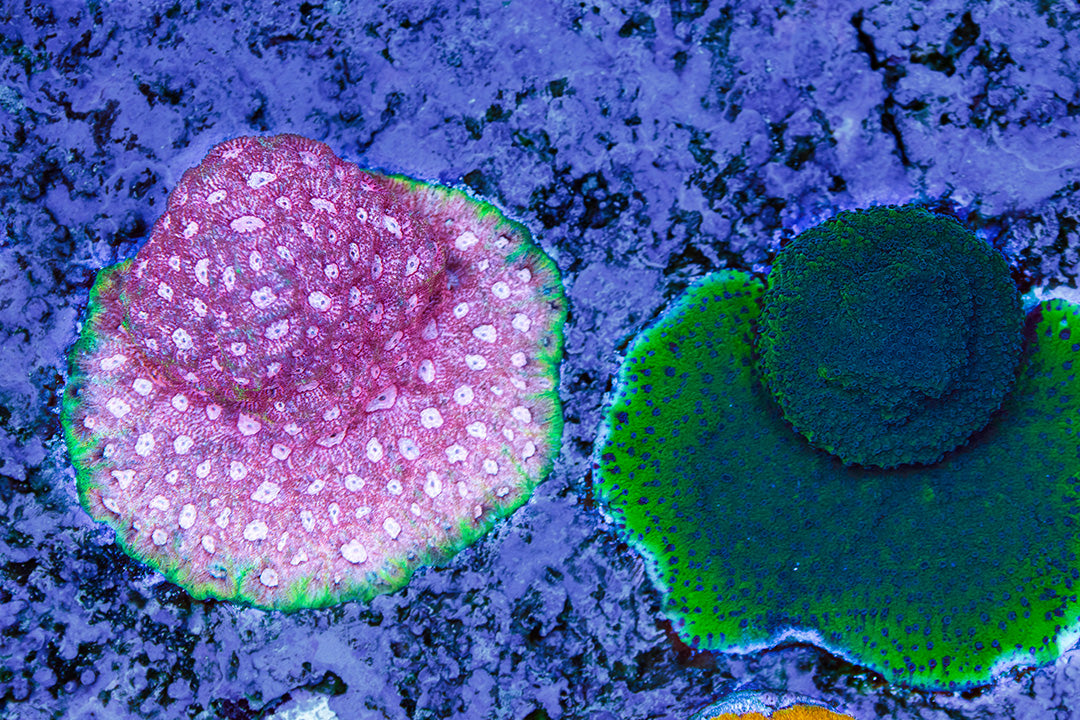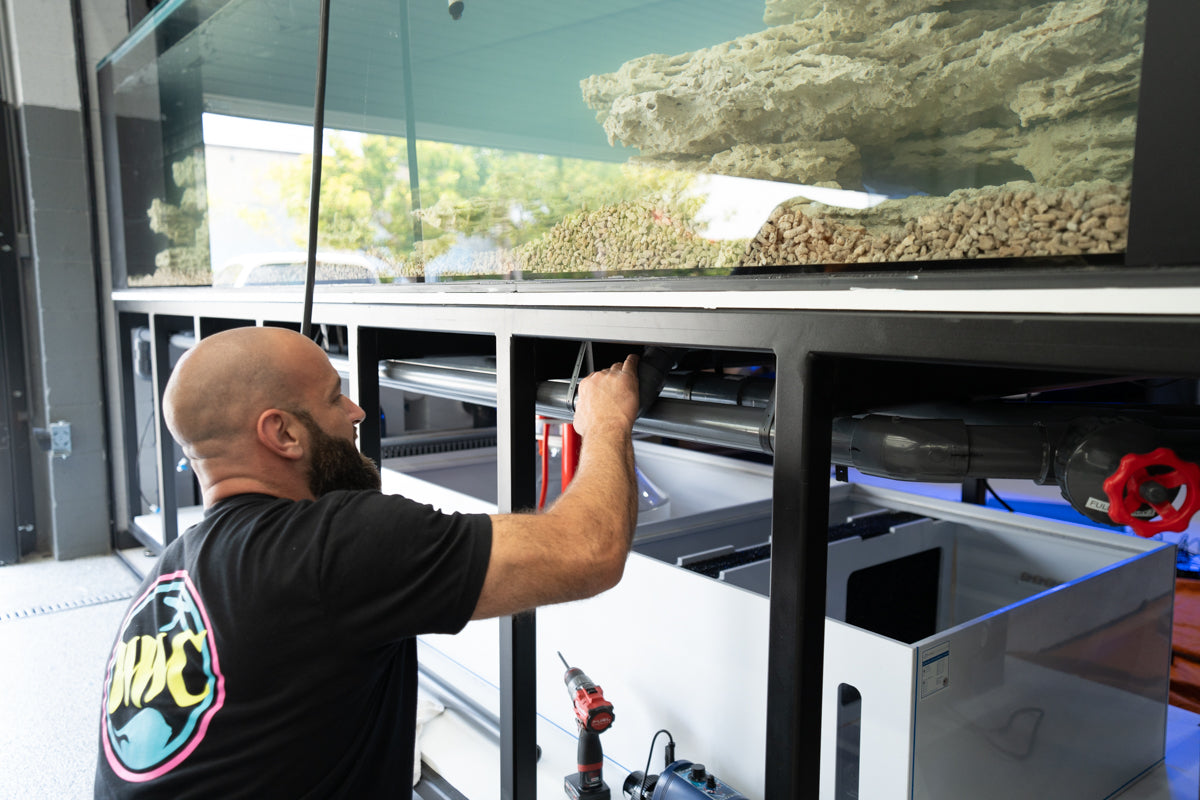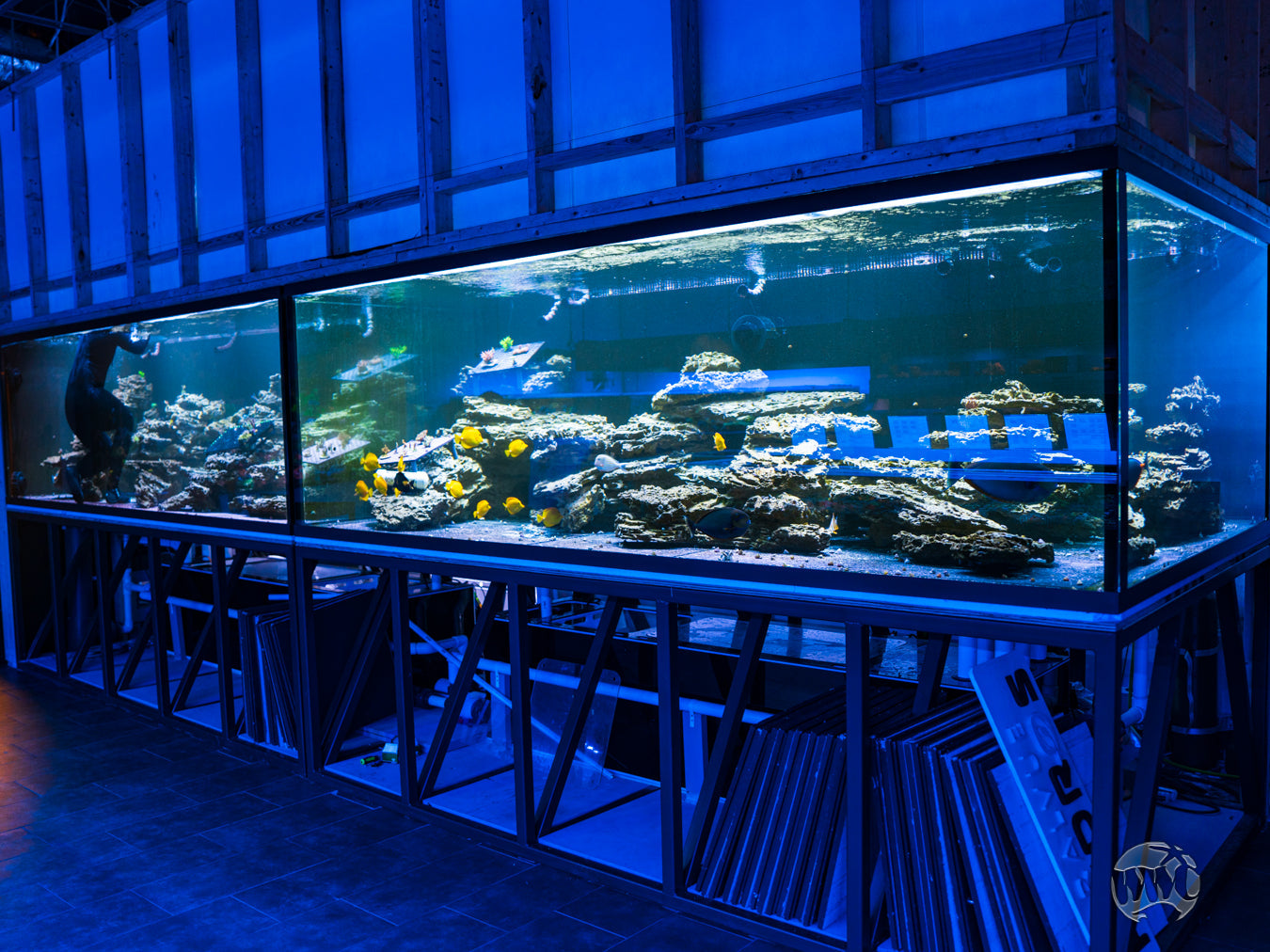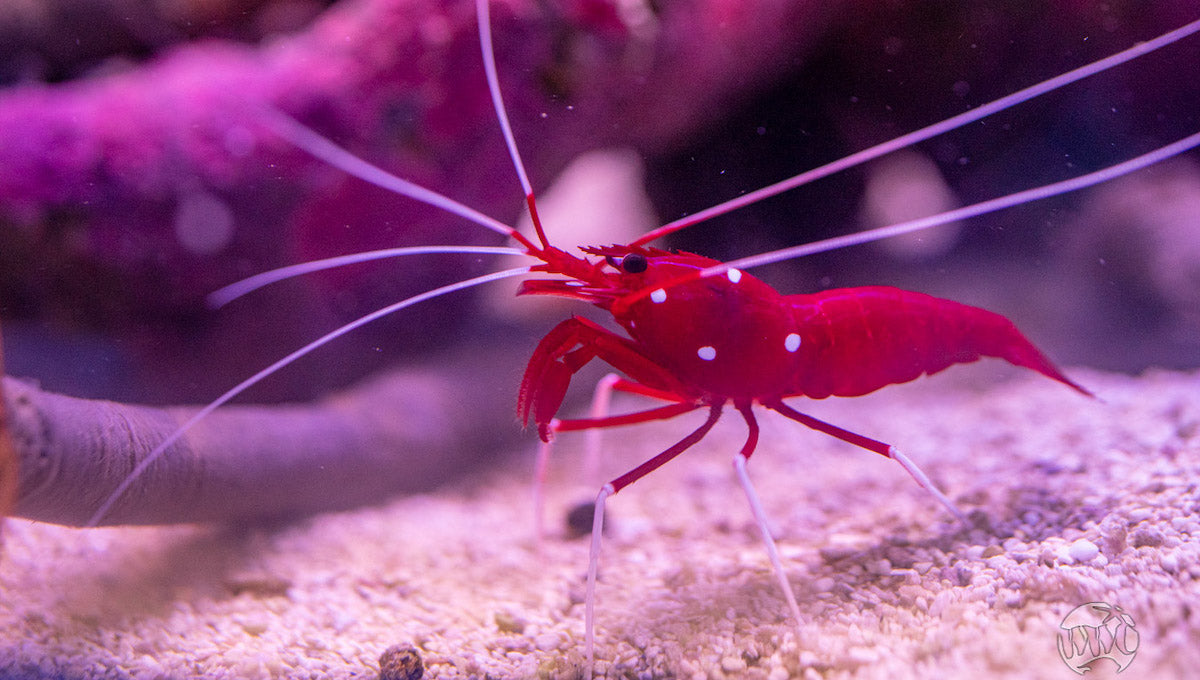When you’re in the process of building out your saltwater aquarium, hard corals are going to make up the backbone of your overall design. These specimens are characterized by their harder calcium carbonate skeletons and polyp-like formations that act as the bed for growing colonies. However, not all hard corals are the same. In fact, there are two main types that, while they appear to be similar, mean different things for your tank. This is the difference between LPS and SPS corals and what their distinct needs are.
Large Polyp Stony Corals
To begin, large polyp stony corals, or LPS corals, are identified by their bigger skeleton polyps. Each section of coral can have several polyps, and these areas are the key to collecting nutrients for the rest of the organism. Due to their size, LPS corals are typically much heartier than other varieties—meaning that they can survive in much harsher ocean and tank conditions. This is why these corals are often most comfortable in environments with lower lighting and less water flow and make great fits for first-time reef builders.
Small Polyp Stony Corals
Small polyp stony corals, on the other hand, have much smaller polyps. This is the primary difference between LPS and SPS corals. While they can’t catch as many nutrients as LPS corals can, their polyps are often more branch-like to help make up for it. Still, they do need additional assistance from their environment to gain the nutrients they need. For this reason, SPS corals often require placements with higher amounts of lighting and a stronger water current to carry minerals to their polyps.
At World Wide Corals, we want our customers to know what they’re getting and to succeed in their aquarium-building endeavors. This is why we’re so transparent in educating new hobbyists about corals and how to care for them. Our diverse inventory also provides the perfect number of options for you to explore. So, whether you’re looking for LPS or SPS corals online, we have the selection for you.




